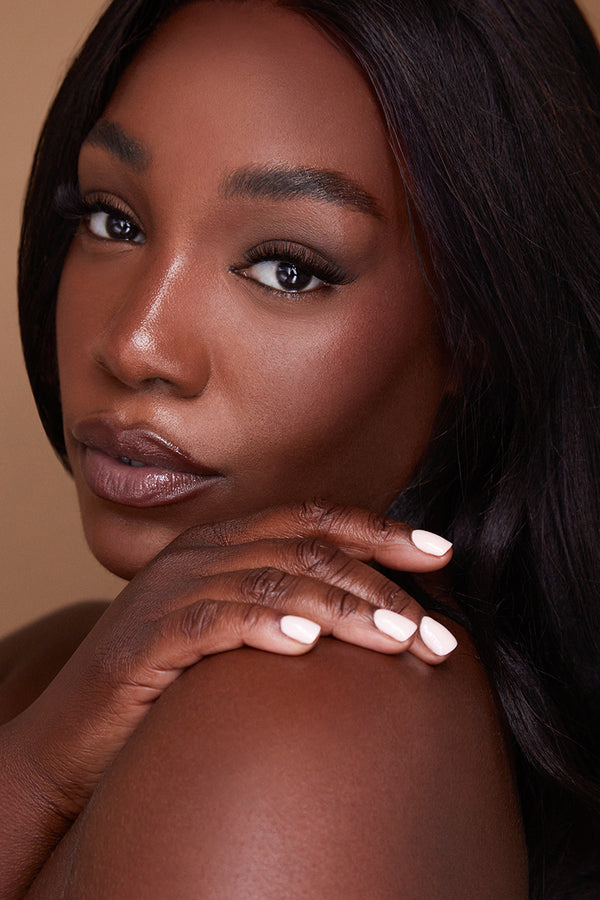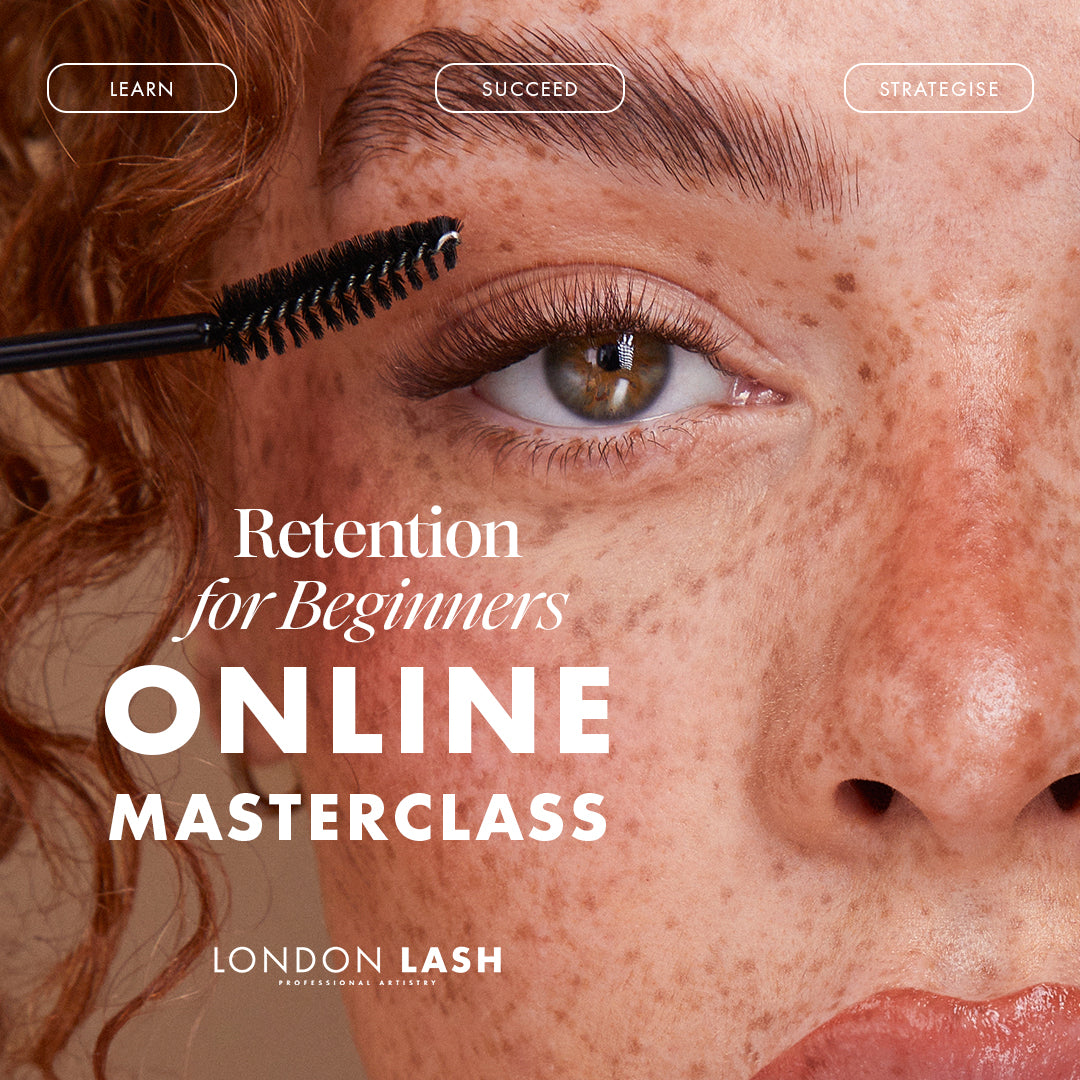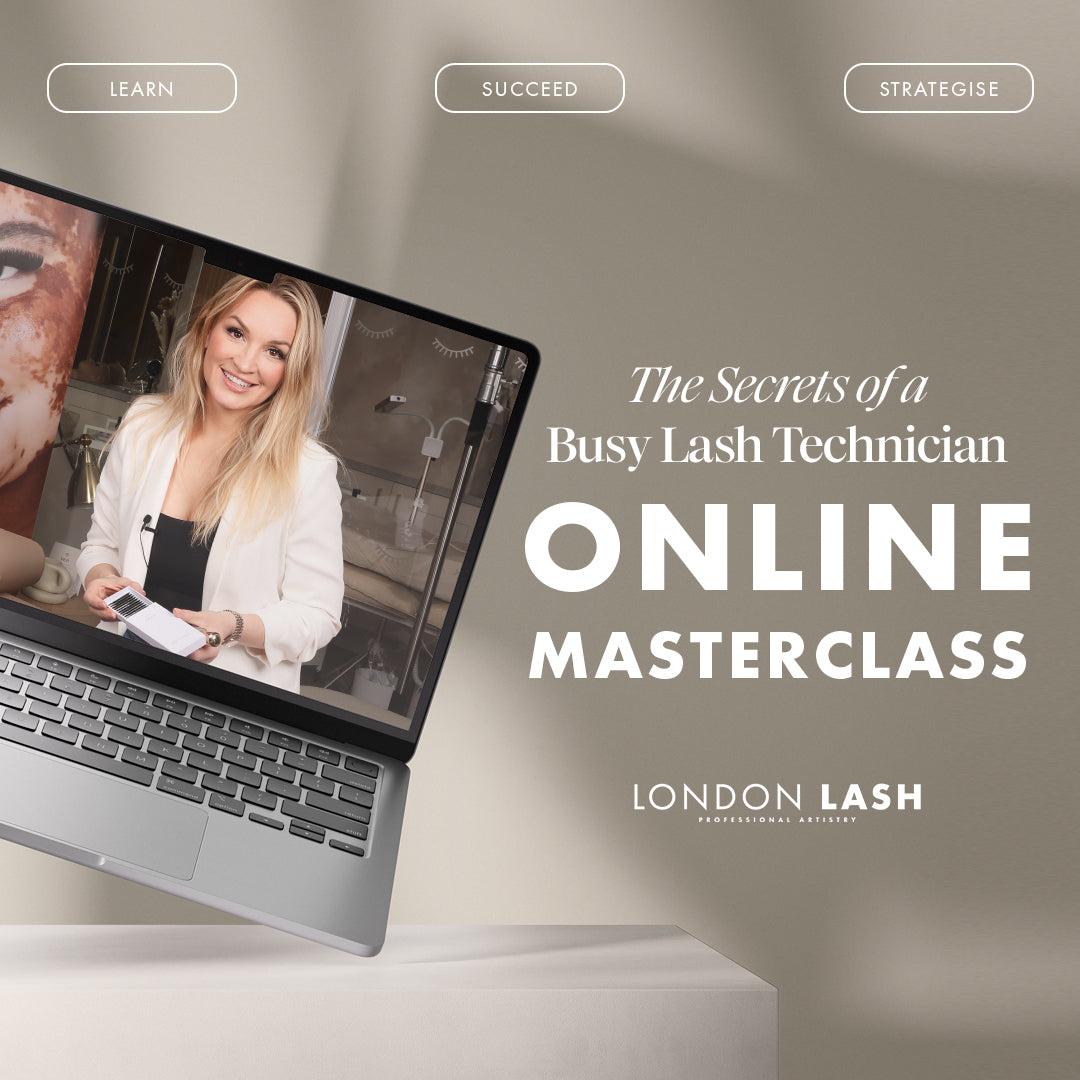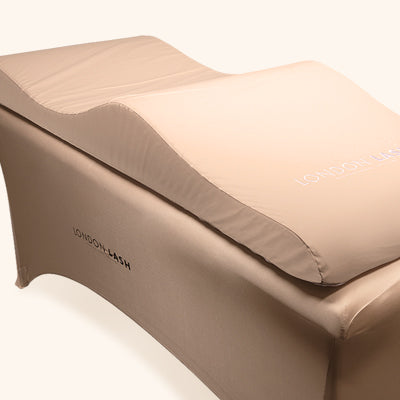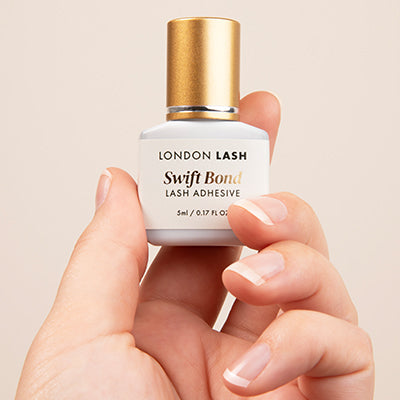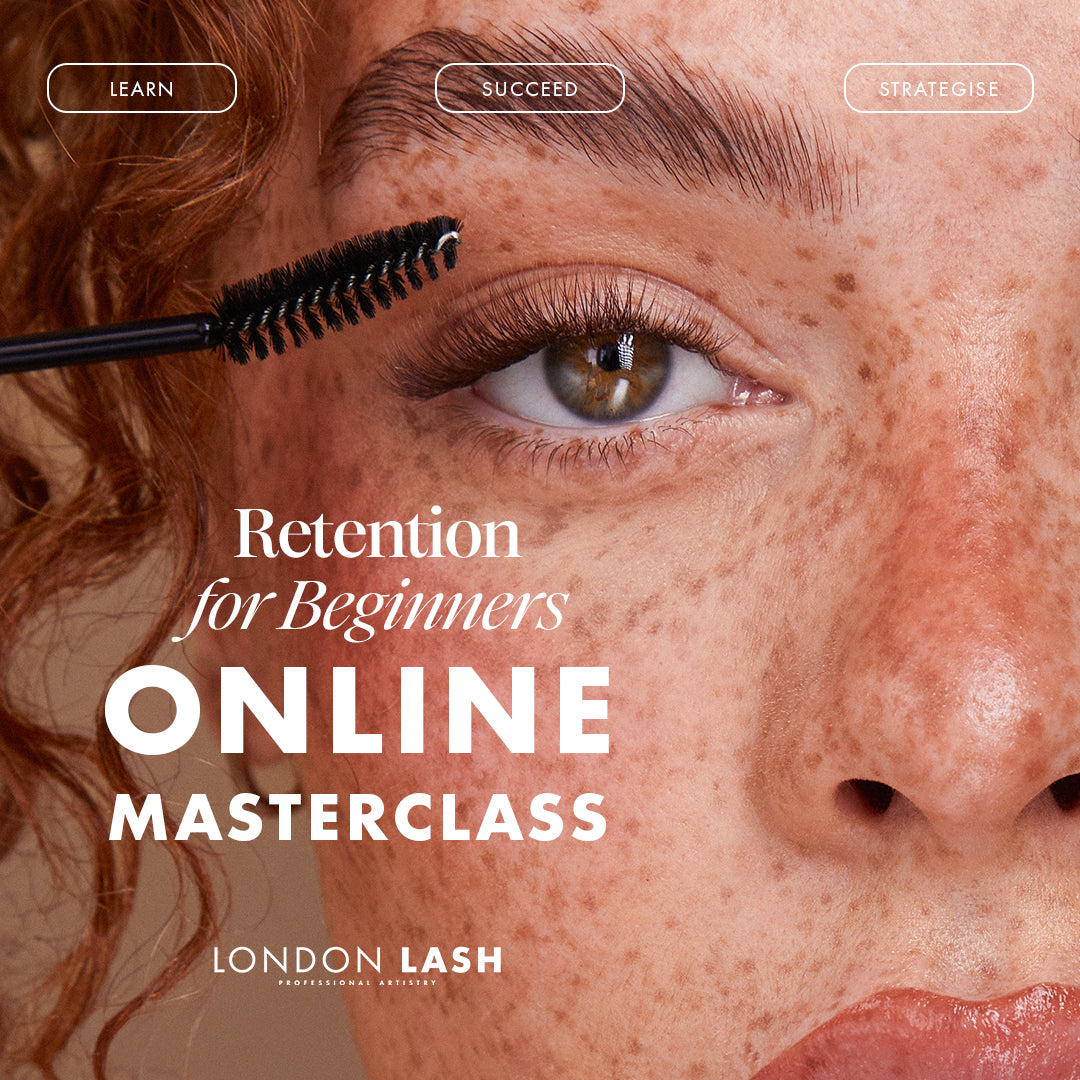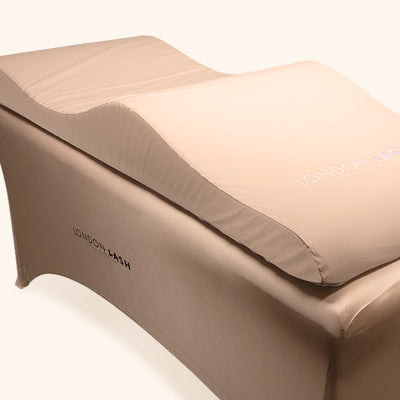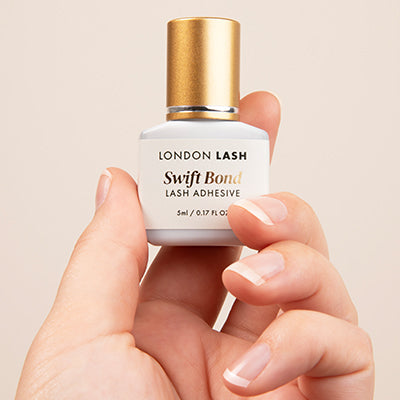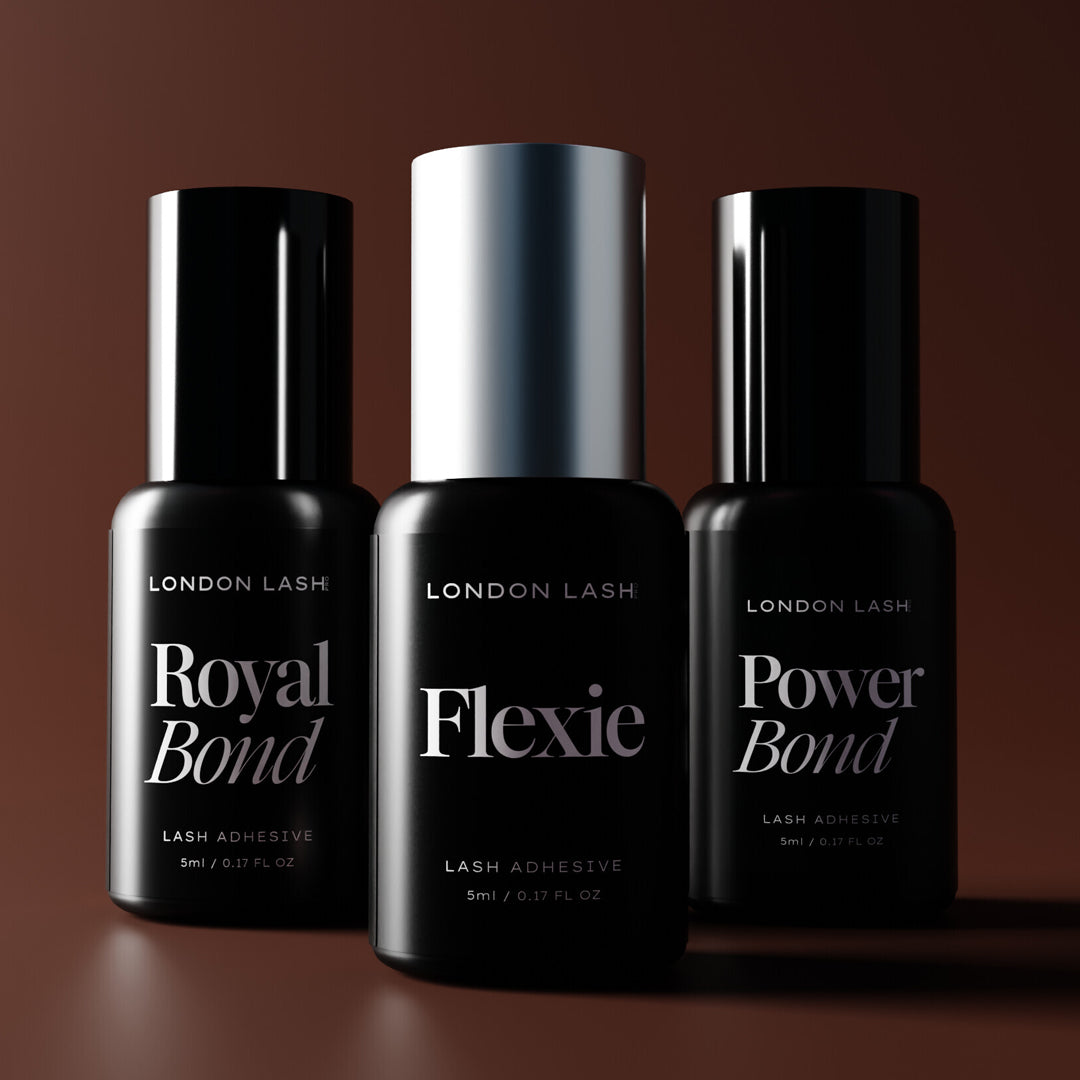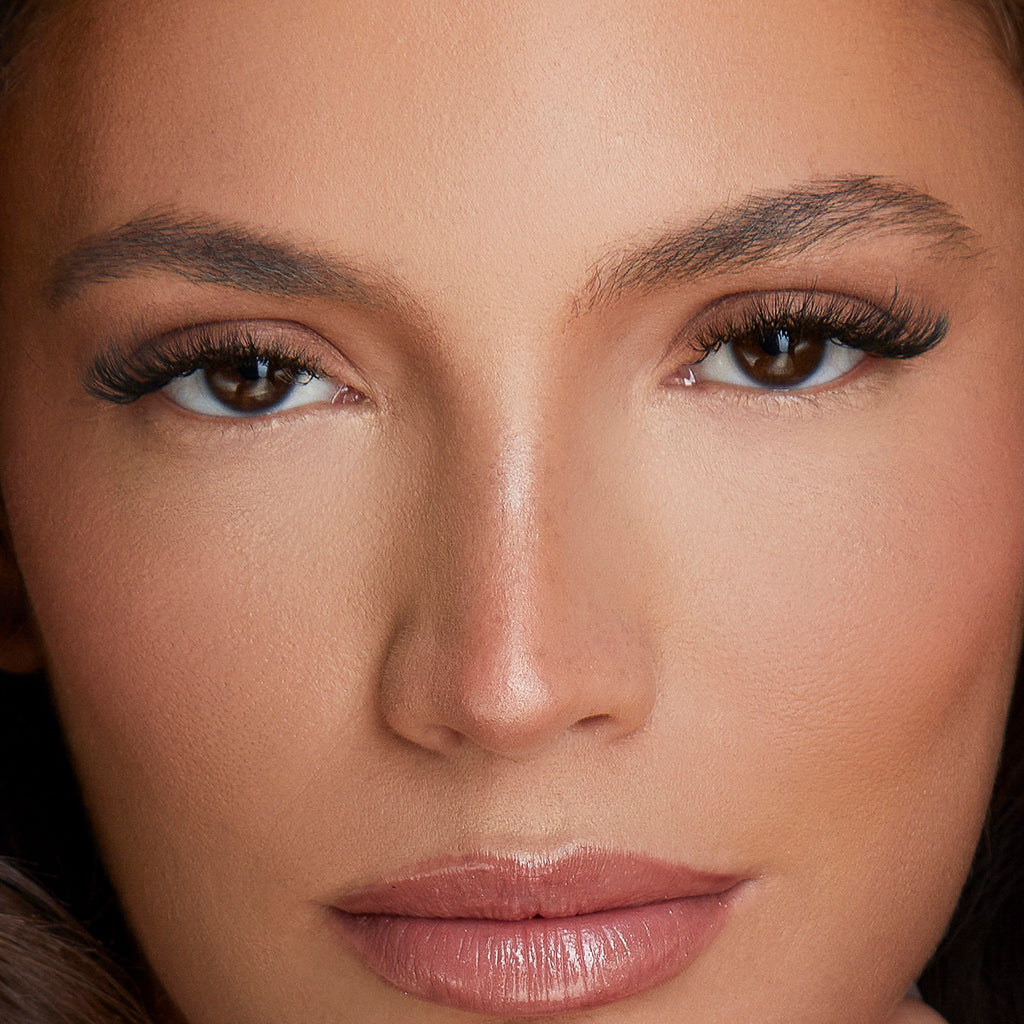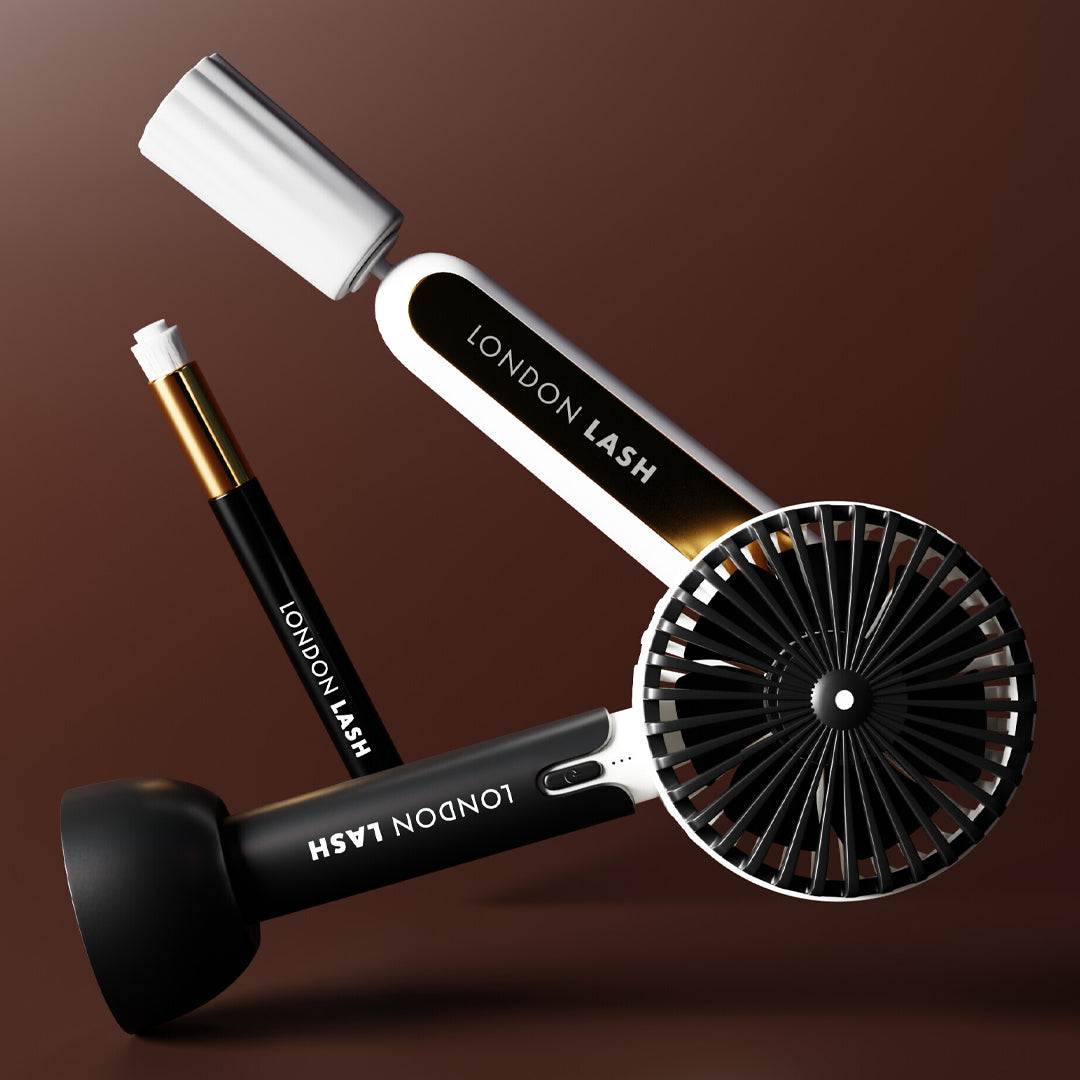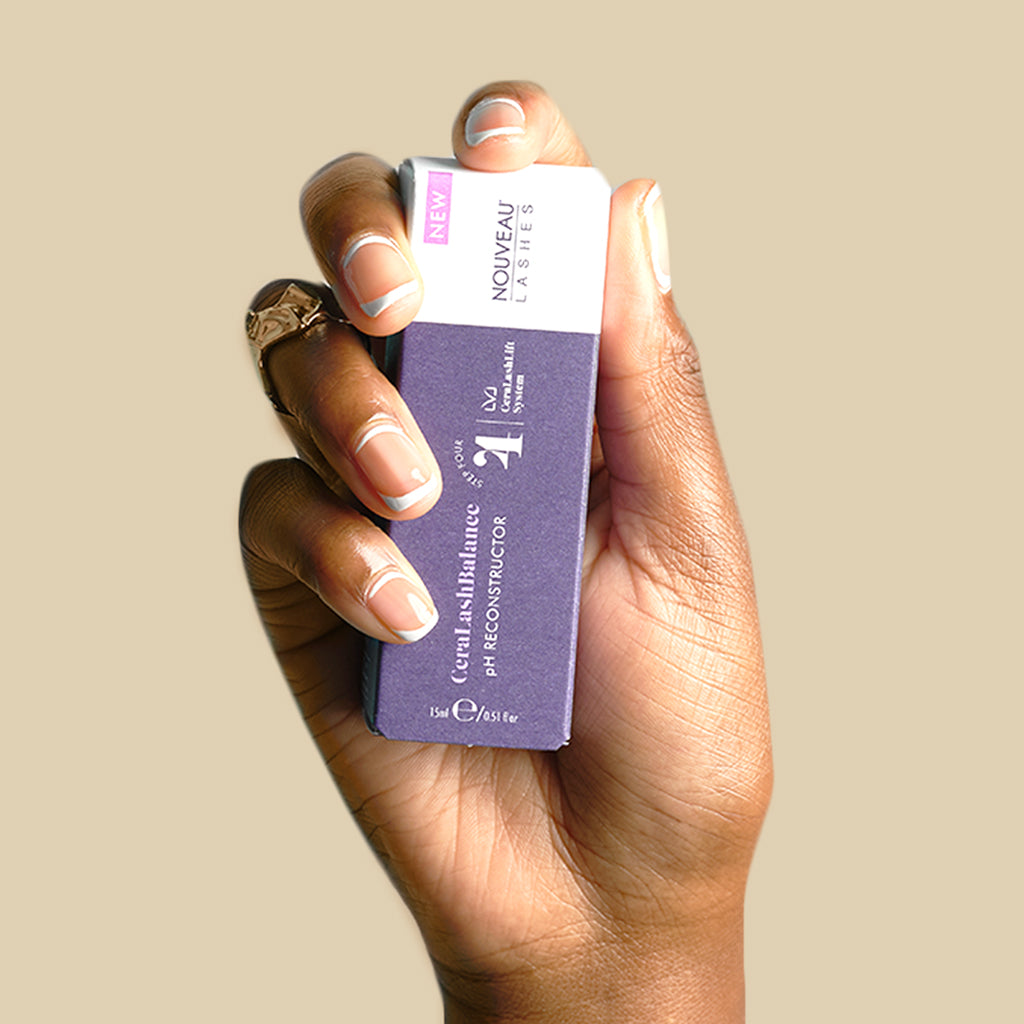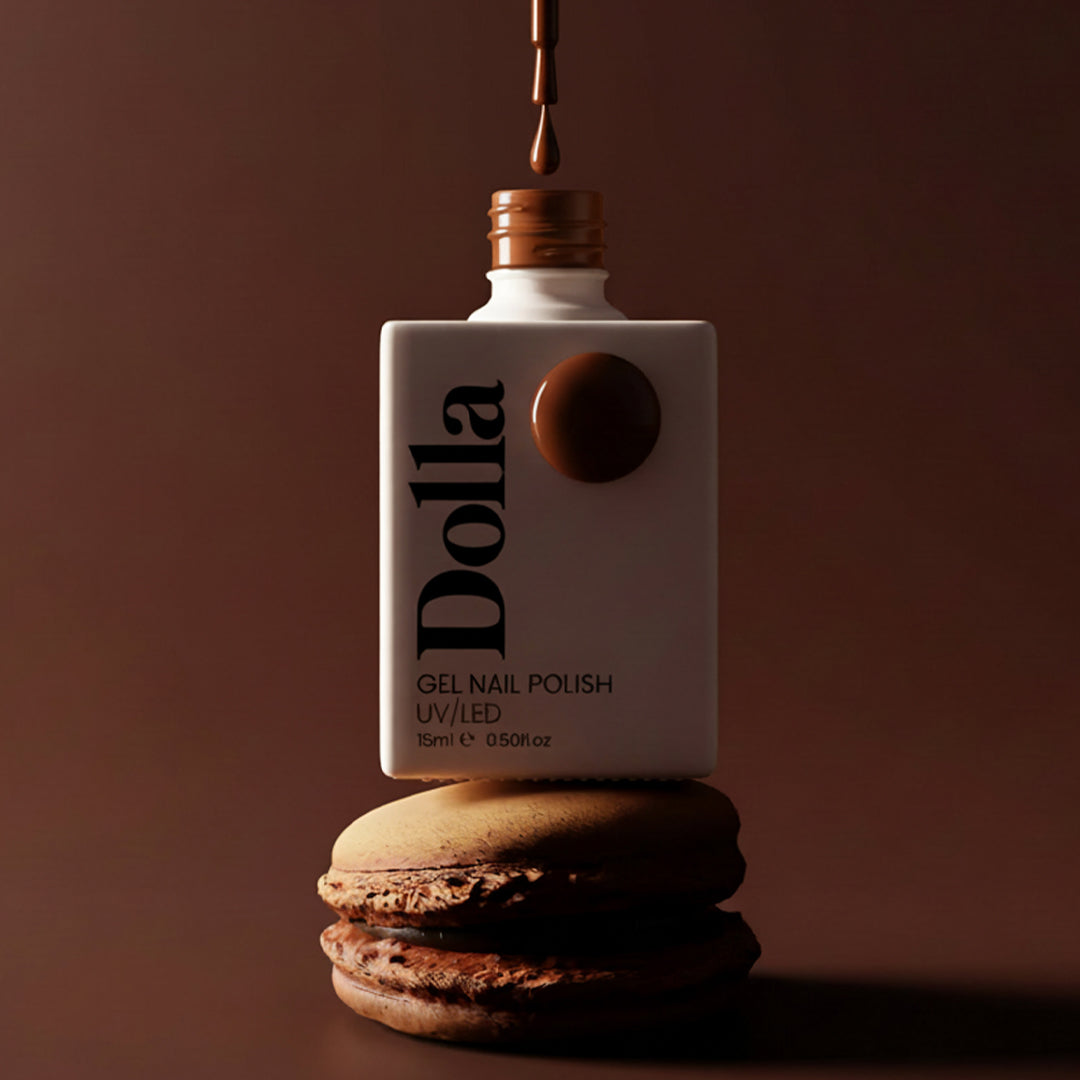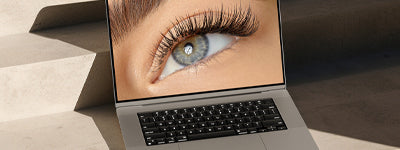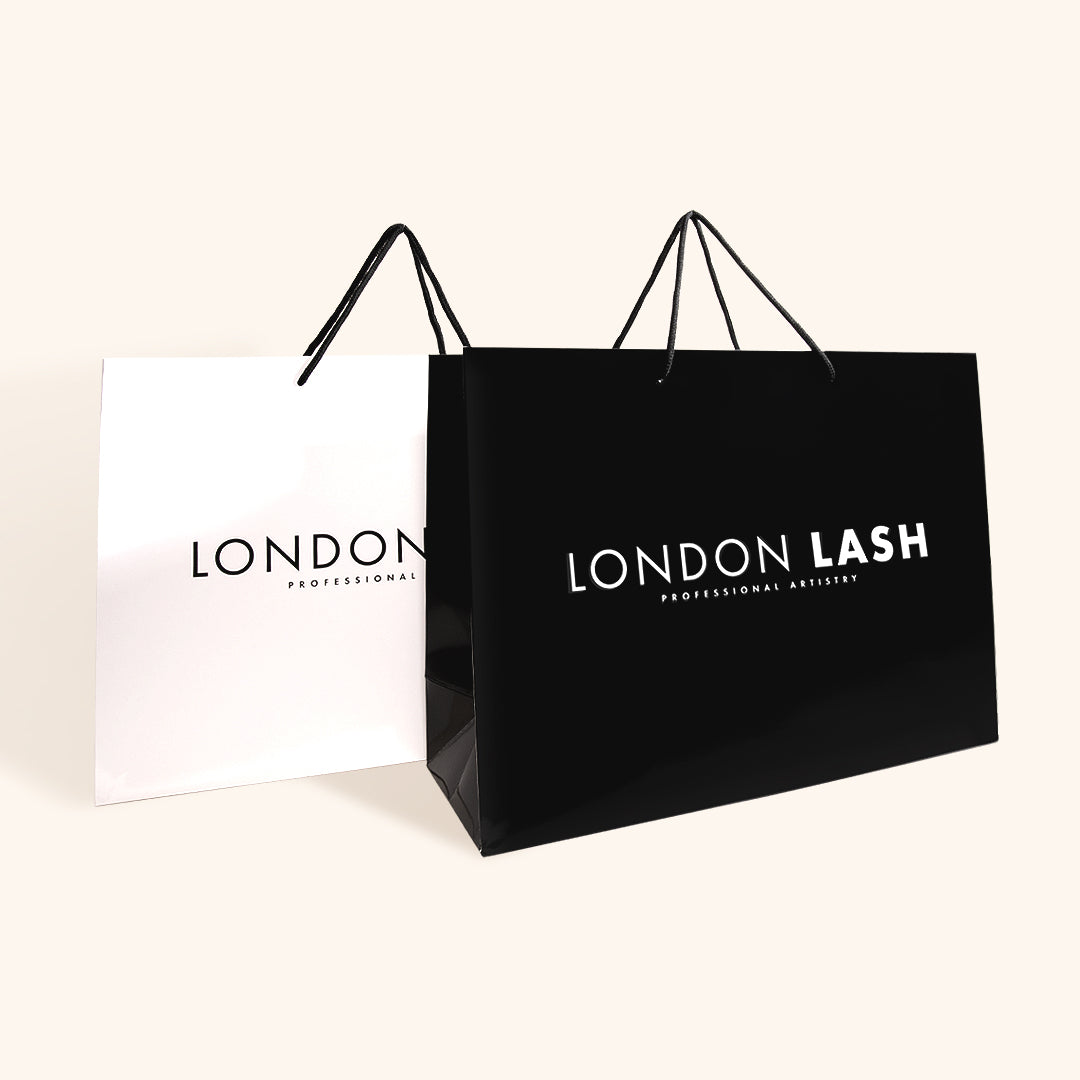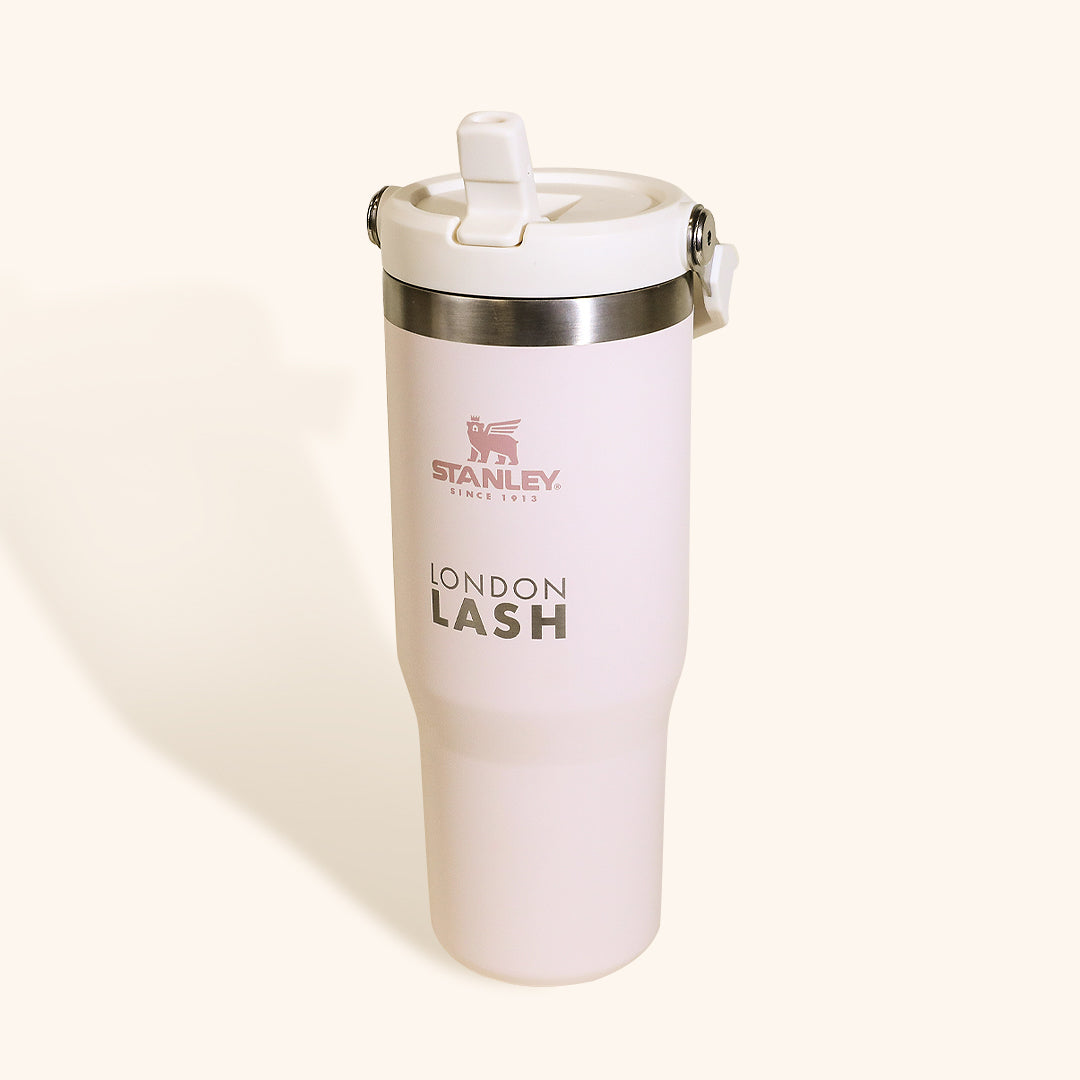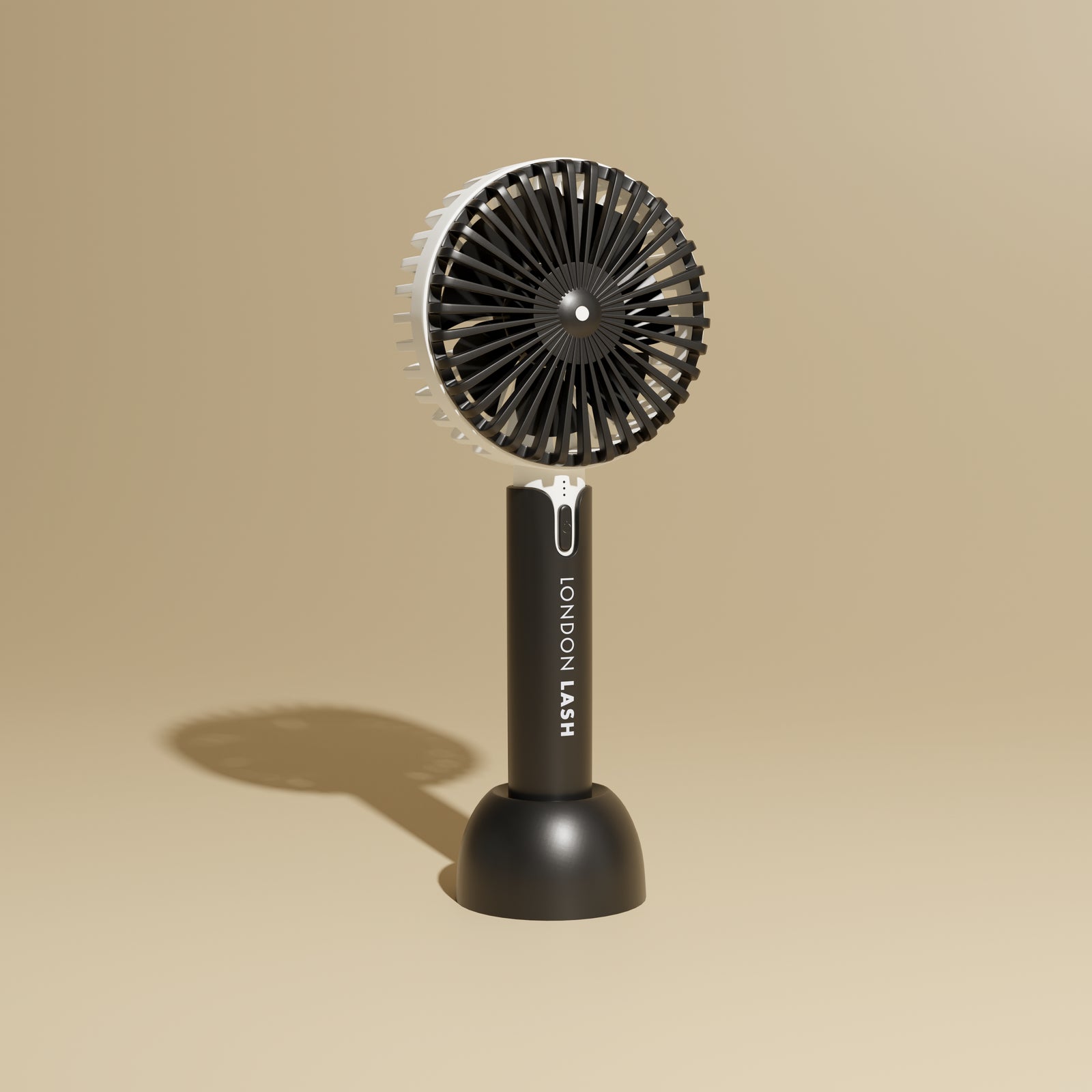New In
Glues & Liquids
Lashes
LASH LIFT
Dolla Nails Pro
Online Training
Save up to 57% off
Do Eyelash Extensions Cause Damage?
March 22, 2022 3 min read

Myth: Eyelash Extensions Cause Damage | Fact: Eyelash Extensions Are Safe!
Are eyelash extensions safe? What products are used for eyelash extensions? How do you look after lash extensions? If you’ve been wondering about any of these questions, look no further - we’re here to help you get to grips with the science behind classic eyelash extensions and what it is that makes them safe!

Eyelash extensions as we know them have existed since the early 2000s, but altering the appearance of our eyelashes goes way back to the Ancient Egyptians in 3500BC! If you want to learn more about the history of lash extensions, check out this blog post.
Back when eyelash extensions were gaining traction in the early 2000s, they were much thicker and there was far less being done in the way of isolation - think party lashes as opposed to single eyelash extensions. This is where the misconception that lash extensions damage the natural lashes stems from!
Since then, the eyelash industry has changed and developed a lot! Of course we’re still looking to accentuate our eyes with these treatments, but we’re taking a much more scientific approach. How does the natural growth cycle of the hair play into the treatment? How can we ensure that what we’re doing is safe? Is there such a thing as classic lashes that are too thick?

Are Eyelash Extensions Safe?
The short answer is YES. The slightly longer answer is yes, as long as they’re applied and looked after properly. The biggest risks with eyelash extensions (at least these days) are allergic reactions, but those are quite rare and, believe it or not, happen more for those clients who have been having lashes for years, rather than newer clients.
Another risk is eye infections resulting in an imperfect (or non-existent) aftercare routine. If you don't clean your lashes regularly (use an oil-free foam cleanser and lukewarm or cool water for best results) you'll get a build up of sebum around the roots, which will result in an infection called blepharitis, which is bad enough by itself, but left unchecked it invites little lash mites into your lashes which feed on that sebum and even on the lash roots. This is super avoidable, so just make sure you're cleaning your lashes every day!
The only time eyelash extensions won’t be safe is if the Lash Tech you visit is using too much glue or not isolating which are things that lead to stickies, or if they’re using extensions which are too thick or long, which will weigh down your natural lashes. Make sure you shop around and find a Lash Tech who has great reviews, and is certified in classic eyelash extensions before you book your appointment - remember that cheaper does not always = better!
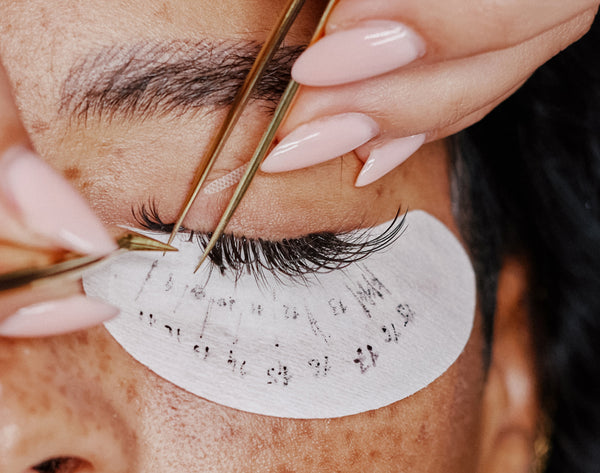
Do Eyelash Extensions Hurt?
Nope! Again, when they’re applied correctly you shouldn’t experience any pain or discomfort. If you’ve never had extensions before and you go straight for volume you may just notice then sometimes if you look upwards - this is super normal, and you’ll stop noticing them entirely after an hour or so! The only other time you’ll be aware of them (other than during cleaning) is in strong winds.
If you do feel any pain or discomfort, such as a pinching sensation in your lash line, it will most likely mean that you have a stickie or two. Try not to rub them, and let your lash tech know - the likelihood is that they will be able to separate them very quickly and easily for you!
Now, if you wake up the day after a lash appointment and your eyelids are red or swollen (this can happen in both eyes or just on one) it means you have had an allergic reaction to the lash glue, and you should contact your technician to talk about having them removed.

What Do Lash Techs Use for Eyelash Extensions?
Your Lash Tech will assess the kind of look you'd like, whether that's very natural, a mascara effect, or something a little more dramatic, and will choose lashes accordingly. The extensions themselves are made from a synthetic, vegan friendly fibre called PBT, which is a type of plastic that is typically used in wiring. It keeps its shape when exposed to heat (unless it's SUPER hot) and water, so it's the perfect material to use for lashes! As well as this, they're going to use some glue which is formulated specifically for eyelash extensions, and they'll clean your lashes before they start so as to ensure great retention!
Check out these featured products
Subscribe
Sign up to get the latest on sales, new releases and more …
